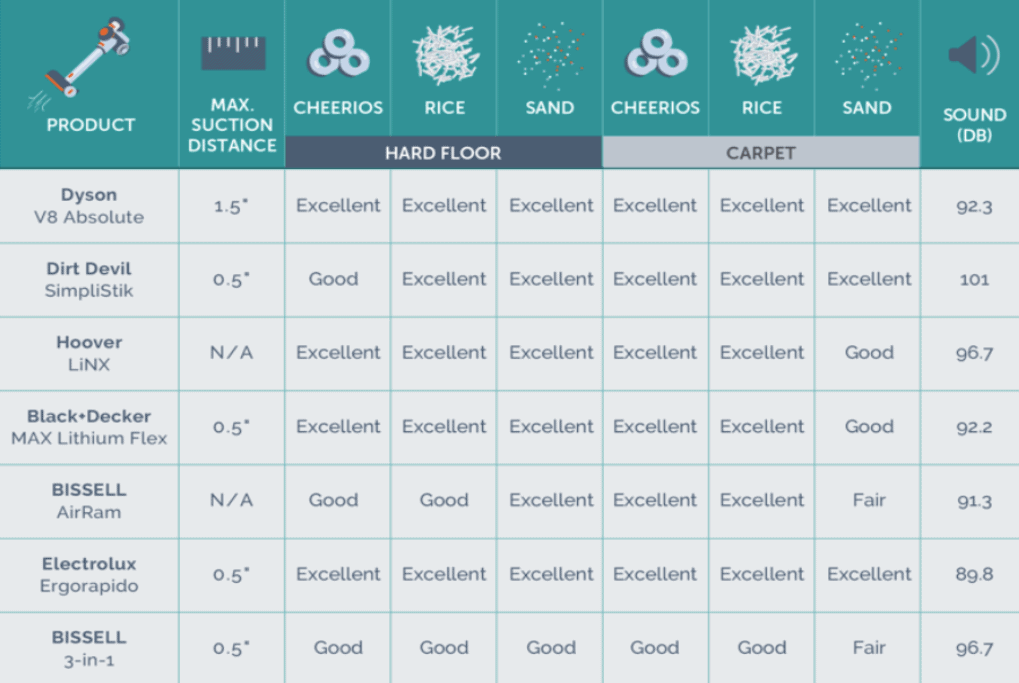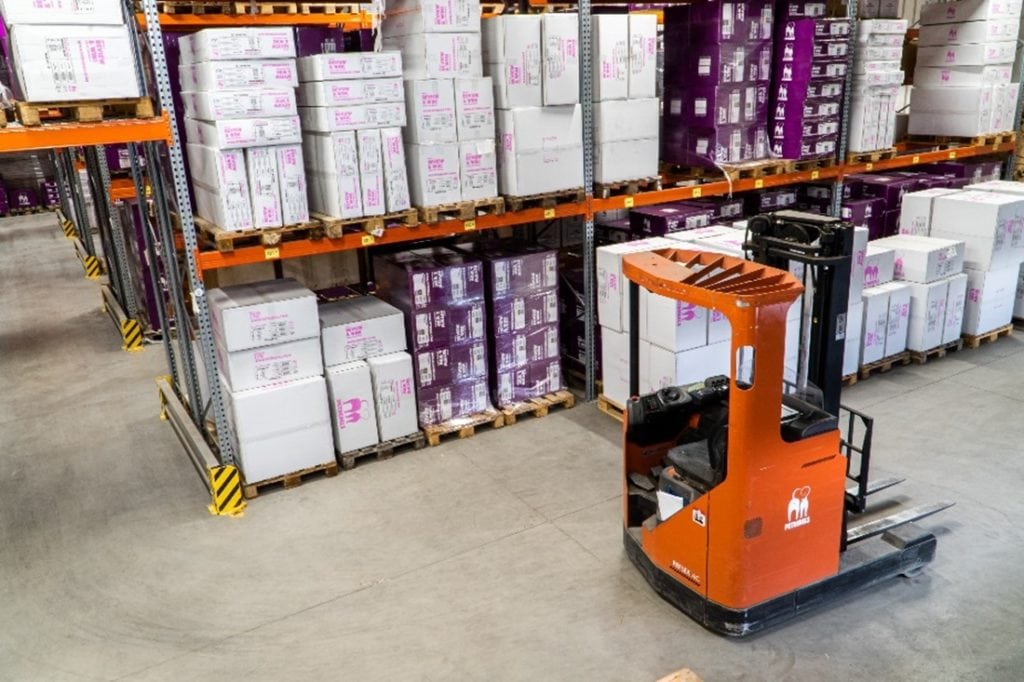The idea that selling value drives company success is not unique. What is unique, however, is how customers define value in their respective markets. Many businesses believe profit maximization comes from meeting the requirements of all customers. However, this method may spread your offering so thin that it could have detrimental impacts on your business. As the saying goes, “jack of all trades, master of none”.
To stand out in the marketplace, you must differentiate your business – especially if you intend on being a market leader. According to the Harvard Business Review, the three value disciplines that differentiate a business from the competition are:
1. Operational Excellence
2. Customer Intimacy
3. Product Leadership
The trick is to focus your differentiation strategy on one of the value disciplines while meeting industry standards for the rest. Mastering one differentiation strategy will create a gap between you and your competitors that is difficult to close.
To achieve such a gap, your organization’s entire operating model – from culture to systems – must be streamlined to one value discipline. Interestingly, companies that pursue the same value discipline become extremely similar, regardless of industry. For example, an employee could move from FedEx to Walmart and feel right at home.
Having a clear understanding of value differentiation will dictate which pricing strategy to follow and clarify who is your relevant competitive set.
Let us take a closer look at what mastery of each value discipline looks like:
1. Operational Excellence
The term “operational excellence” describes a specific and strategic method of producing and delivering offerings to consumers. To be the leader in operational excellence, you must consistently provide reliable offerings at competitive prices with minimal difficulty (e.g. eliminate intermediate production steps, reduce transaction costs, etc.). Organizations that are leaders in operational excellence must also have highly efficient processes supported by streamlined information systems. Since these organizations build their entire businesses around these objectives, they do not look or operate like other companies pursuing other value disciplines.
Example: Walmart
When you think of cost leadership, you think of Walmart. Their “Save Money. Live Better” slogan emphasizes low prices for their customers, and it has helped them become one of the largest companies in the world. Walmart delivers the most value to its price-sensitive customers by offering the lowest prices compared to competitors. How does Walmart offer such low prices?
Walmart’s internal logistics are extraordinarily streamlined, relying on technology and inventory management systems to help reduce costs that would otherwise be passed down to the consumer. A couple of examples:
1. Walmart reduces material usage, standardizes retail displays, and slashes labor costs related to stocking shelves by using retail-ready packaging (RRP).
2. Walmart’s on-time in-full program (OTIF) logistics program demands suppliers meet specific date, delivery, and fill rates. If suppliers are not able to hit the stringent requirements, substantial fees are levied.
3. Walmart forces suppliers to put in their own orders and forecasts so that they do not incur labor costs related to this.
2. Customer Intimacy
If you want to pursue customer intimacy, focus on segmenting your offerings to match the exact needs of your niche markets, providing an offering that is superior in value. To excel in customer intimacy, you must combine customer knowledge with operational flexibility to respond quickly and to unique customer requests. Customer-intimate companies are willing to spend more to build loyalty over the long term, focusing on lifetime value rather than single transactions.
Example: Warby Parker
Warby Parker, an online retailer of prescription glasses and sunglasses, has the reputation of being one of the most customer-intimate companies in the market. A couple of examples:
1. From the moment you land on Warby Parker’s website, you take a quiz to determine the right frames unique to you through highly interactive activities.
2. Warby Parker allows customers to order multiple frames with the ability to return the frames you do not like free of charge, leaving you with good-looking glasses and money in your pocket with maximum ease.
3. With the recent addition of a pupillary distance exam on its website, Warby Parker goes beyond eyewear, allowing users to determine which prescription they should get with just their phones.
Warby Parker is a great example of why paying attention to product design and user experience is crucial from the early stages of product development. Further, it goes to show that customer intimacy can be achieved without having any physical interaction.

Source: Warby Parker
3. Product Leadership
The most difficult value discipline to excel in, being a product leader, means introducing new offerings that consistently enhance the customer’s use of the product and making rival (and sometimes their own) offerings obsolete. This risky endeavor results in companies being fearless innovators who are always market leaders.
Companies excelling in product leadership do not hesitate to enter the market (even if the offering is imperfect). The belief is that you can always iterate on your offering over time, but you can never be a market leader if you are a late player. For product leaders, it is better to make a wrong decision than to make a late one or no decision at all.
Example: Dyson
A global leader in innovation, Dyson stays competitive and innovative by dedicating 4,000 engineers/scientists and $12 million weekly to R&D. As a result, Dyson has introduced multiple world-first products:
1. After 5,127 prototypes, James Dyson had successfully invented the world’s first bagless vacuum after founder James Dyson became frustrated with his vacuum accumulating dust and quickly losing performance.
2. After 650 prototypes, Dyson debuted their Bladeless Fan in 2009, which expels 450 liters of cool and smooth air that is quieter and more efficient than competitors.
3. After 600 prototypes, Dyson introduced the world’s fastest blow dryer in 2016, which includes Dyson’s smallest digital motor, reducing noise and preventing heat damage.
Being a product leader has helped attract more value-centric customers, which helped boost Dyson’s annual revenue from $0.89B in 2010 to $5.4B in 2019. Thanks to their massive investments in R&D, Dyson products continue to outperform the competition:

Source: Your Best Digs
Final Thoughts
Finding your value discipline takes strategic planning and introspection. Many of our clients come with a value discipline in mind, but through granular analysis of their business processes and customer expectations, it sometimes becomes evident that they are pursuing a different discipline. Each value discipline necessitates a unique pricing strategy.
If you would like Revenue Management Labs to help you determine which value discipline to pursue and how to link price with value, get in touch today!
ABOUT THE AUTHOR Avy Punwasee is a Partner at Revenue Management Labs. Revenue Management Labs help companies develop and execute practical solutions to maximize long-term revenue and profitability. Connect with Avy at apunwasee@revenueml.com





